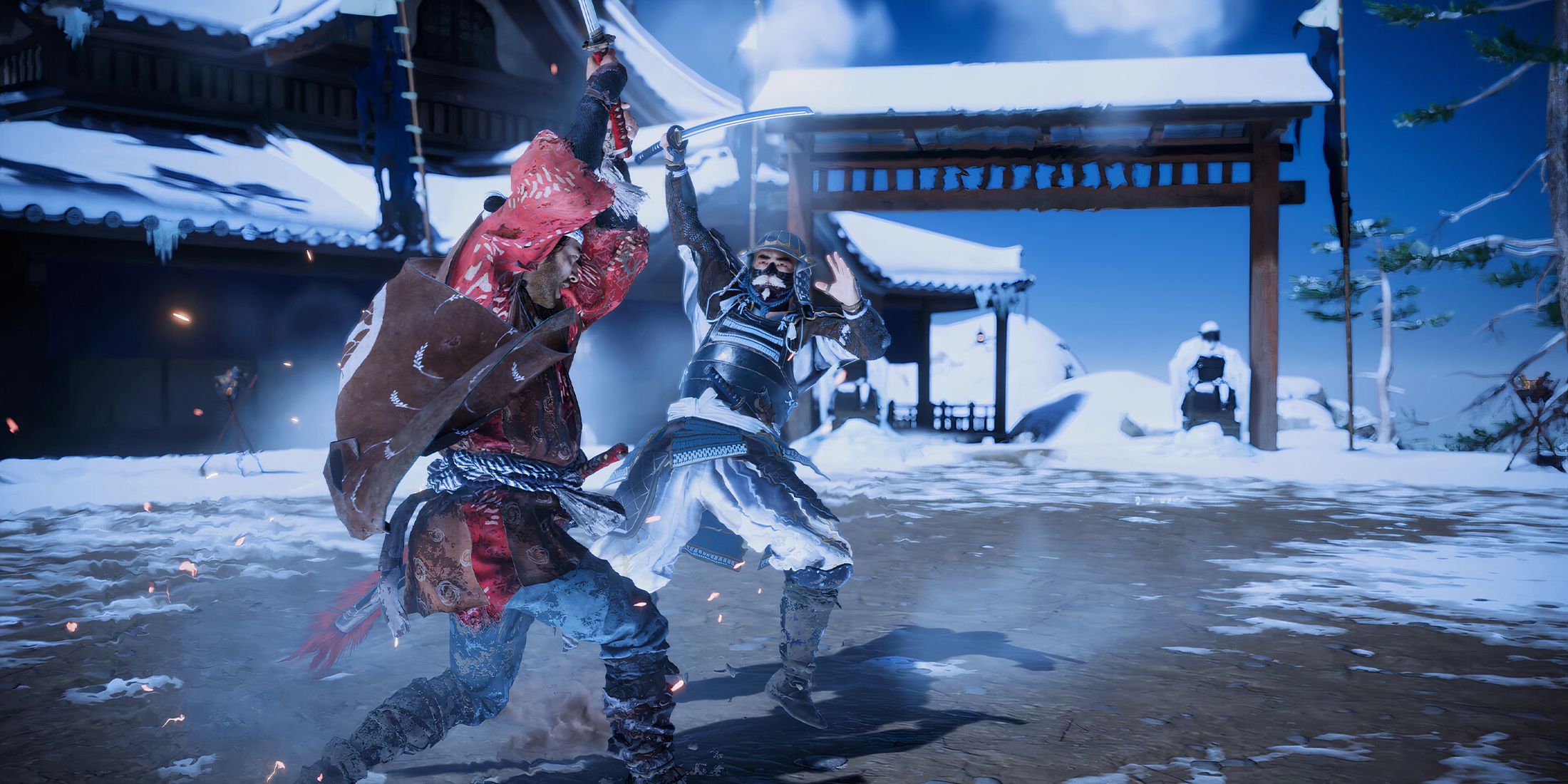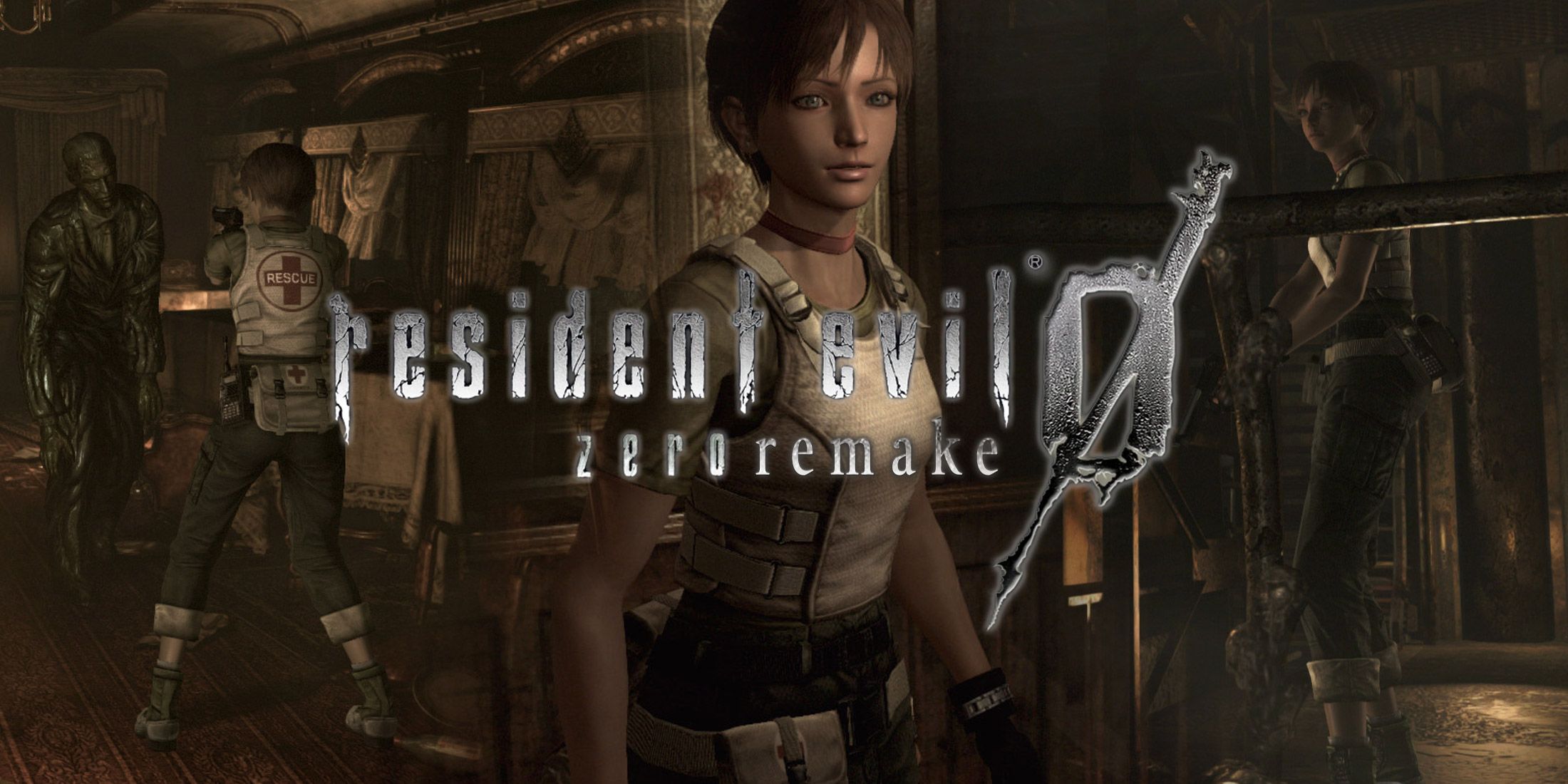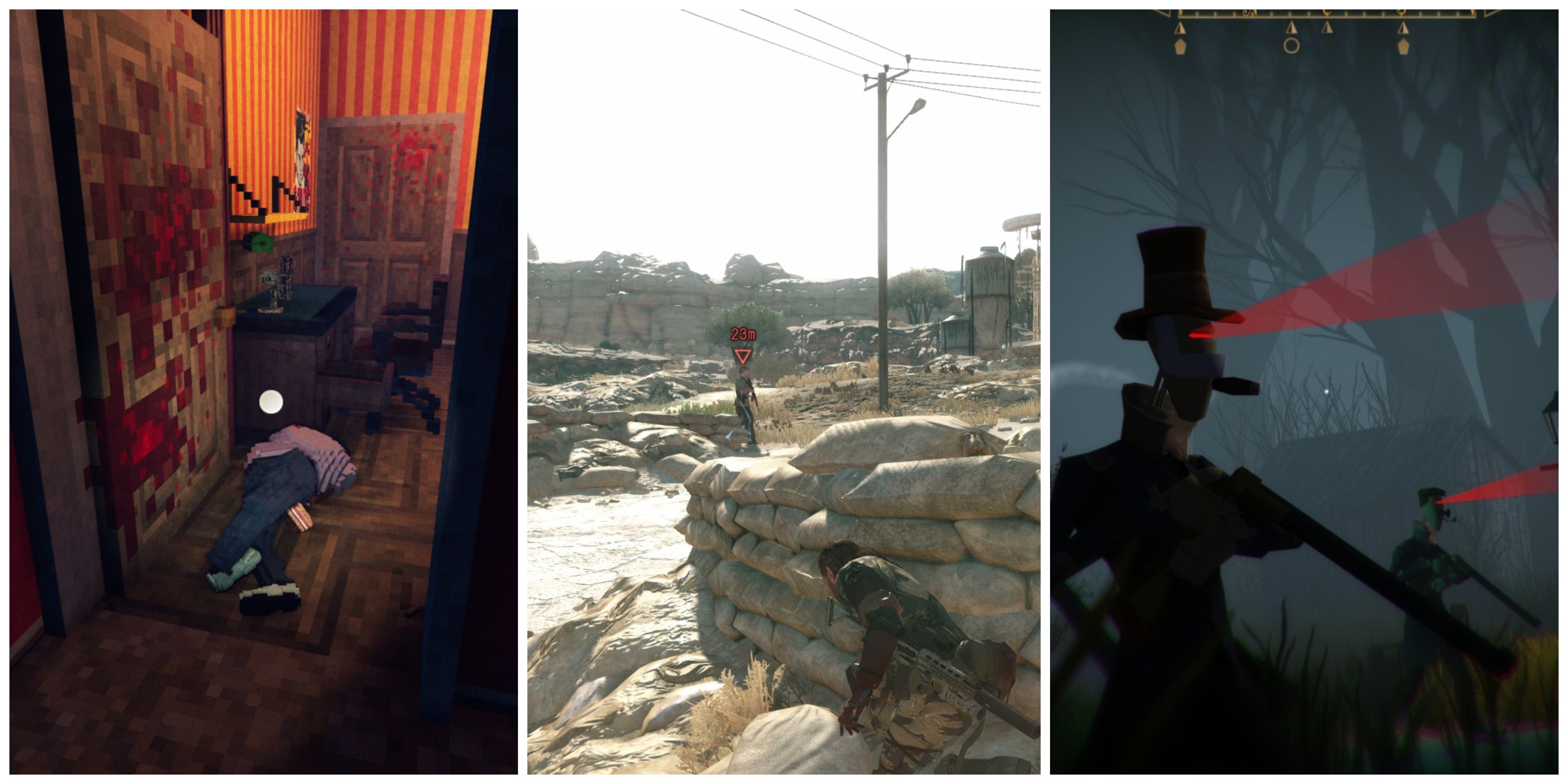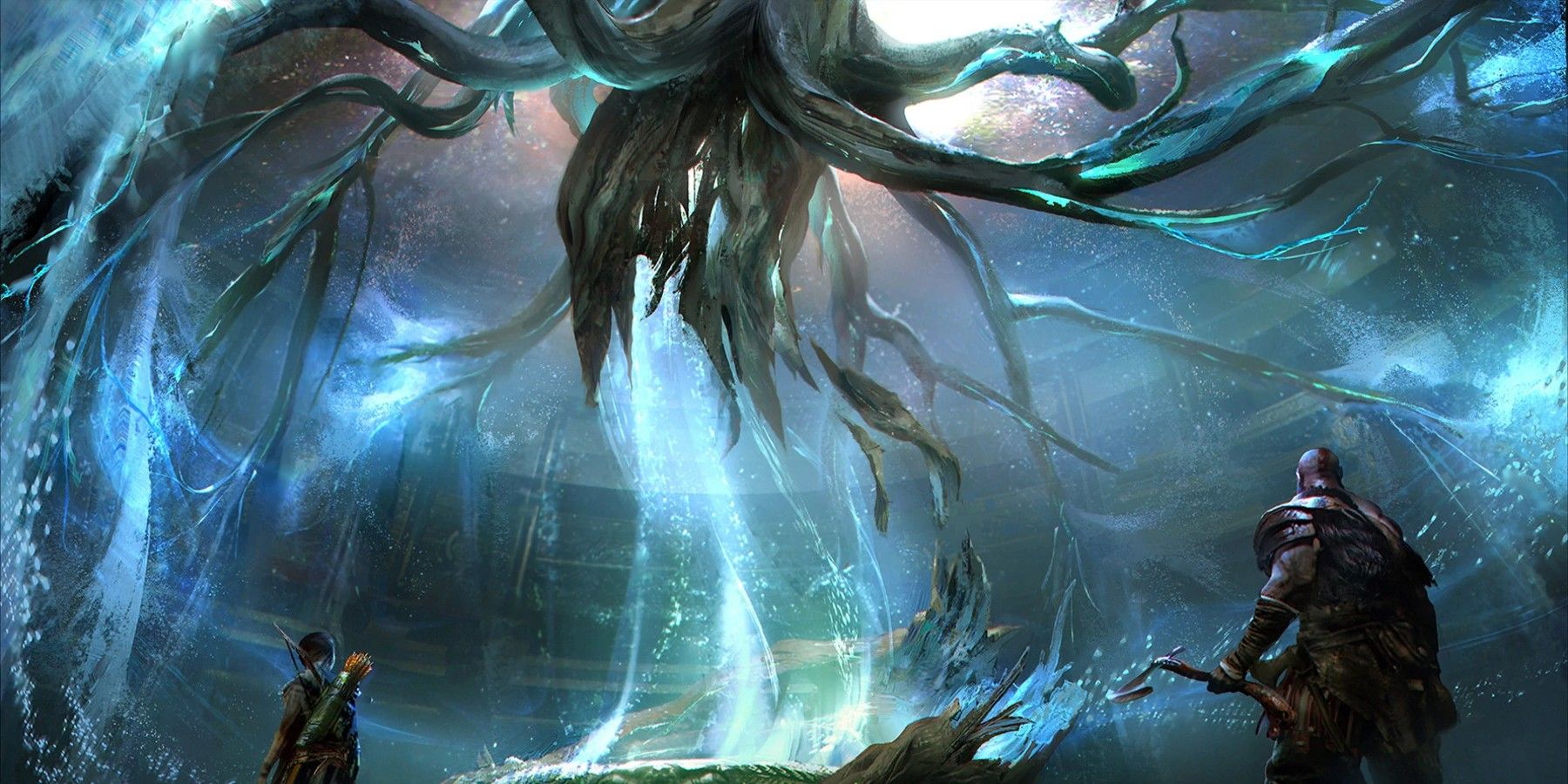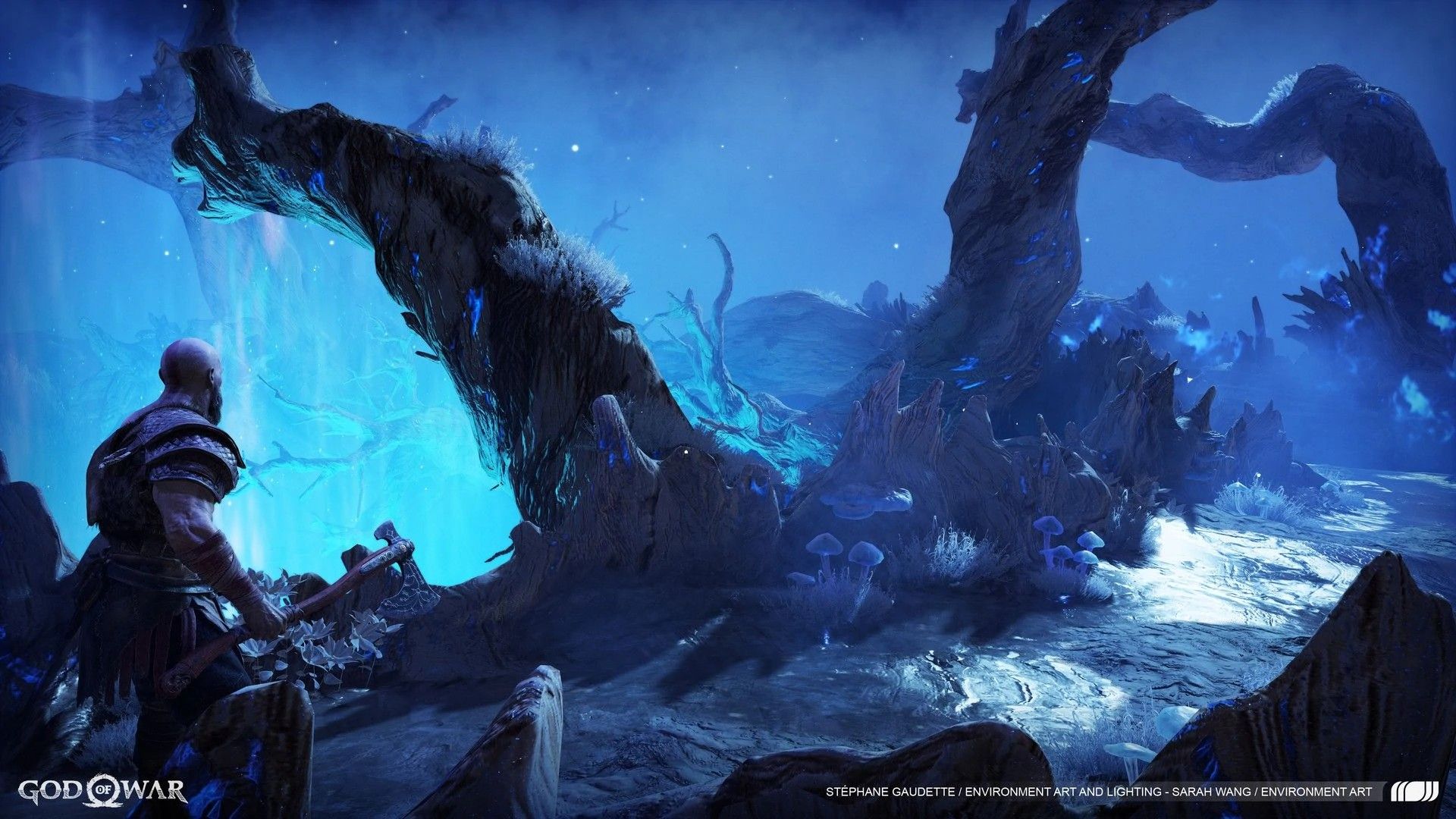The God of War series is absolutely entrenched in mythology, whether it's covering Kratos' murderous past with Greek pantheon or Atreus' journey through Asgard in the new Norse saga. In every passing moment in a God of War title, a new piece of mythology or lore is unearthed, ranging from monsters like Nidhogg to allies like Mimir and foes like Odin. But by far one of the most mysterious, yet integral aspects of Norse mythology in God of War Ragnarok is the World Tree itself, Yggdrasil.
Though it has many names, God of War Ragnarok mostly refers to the World Tree as Yggdrasil, which comes straight from ancient Norse mythology. Roughly translating to "Odin's Horse," Yggdrasil has several purposes in the mythological universe, with its most important being its place as a gateway between the Nine Realms. While Yggdrasil plays a large role in God of War Ragnarok, it barely scratches the surface of the tree's mythological roots.
The Mythology of Yggdrasil Explained
In God of War 2018, players will first encounter Yggdrasil a few hours into the game when they need to travel to Alfheim in order to clear a path back in Midgard. This is how Yggdrasil is used pretty much throughout the rest of the saga, with Kratos and company using the World Tree primarily to access the rest of the Nine Realms. While this is the tree's main purpose in the mythology, there are a few more details about it that have been left out of God of War's Norse saga.
One of the most intriguing details about Yggdrasil is that it has three gigantic roots that ground it in the center of the world. These three roots extend into three of the Nine Realms, those being in Helheim, Jotunheim, and Asgard. Each of these roots is buried deep into the ground, and is surrounded by a well of mythical power. Nifleheim's root is surrounded by the well Hvergelmir, which is often referred to as the Well of Poison, though the first Norse being is said to have been birthed from its waters. The root in Jotunheim is surrounded by Mimisbrunnr, also known as Mimir's Well, where the philosopher offers great knowledge and wisdom for a sacrifice. The final root in Asgard is surrounded by the Well of Urd where the prophetic Norns reside.
As well as being home to all the Nine Realms, Yggdrasil is also home to a handful of mythical creatures, each carrying out their own role on the World Tree. At the top of the tree lies a nameless eagle who keeps watch over Yggdrasil. At the bottom of the tree is the dragon-like Nidhogg, who gnaws at the roots of the tree whenever he is provoked. A small squirrel by the name of Ratatoskr runs between the eagle and Nidhogg, stoking the flames of their rivalry to fuel his own glee. Yggdrasil is also home to a stag and goat named Eikthyrnir and Heidrun respectively. Located just above Valhalla, Heidrun eats the leaves of the World Tree and provides mead for the immortal soldiers below, while Eikthyrnir eats the tree's fallen branches and transfers water to the three Wells.
When Ragnarok is set in motion, Norse mythology says that Yggdrasil will begin to fall. At first, the tree will grow cold and lifeless, which will begin Fimbulwinter. Following this, Nidhogg's chewing of the World Tree's roots will cause it to tremble, knocking it off balance and ushering in an age of chaos. This will lead to the end of the Nine Realms, and depending on some interpretations, that could be the end of them for good. However, some interpretations of the mythology believe that Yggdrasil will grow anew in the aftermath of Ragnarok, leading to a new world.
God of War Ragnarok is available on PS4 and PS5.

